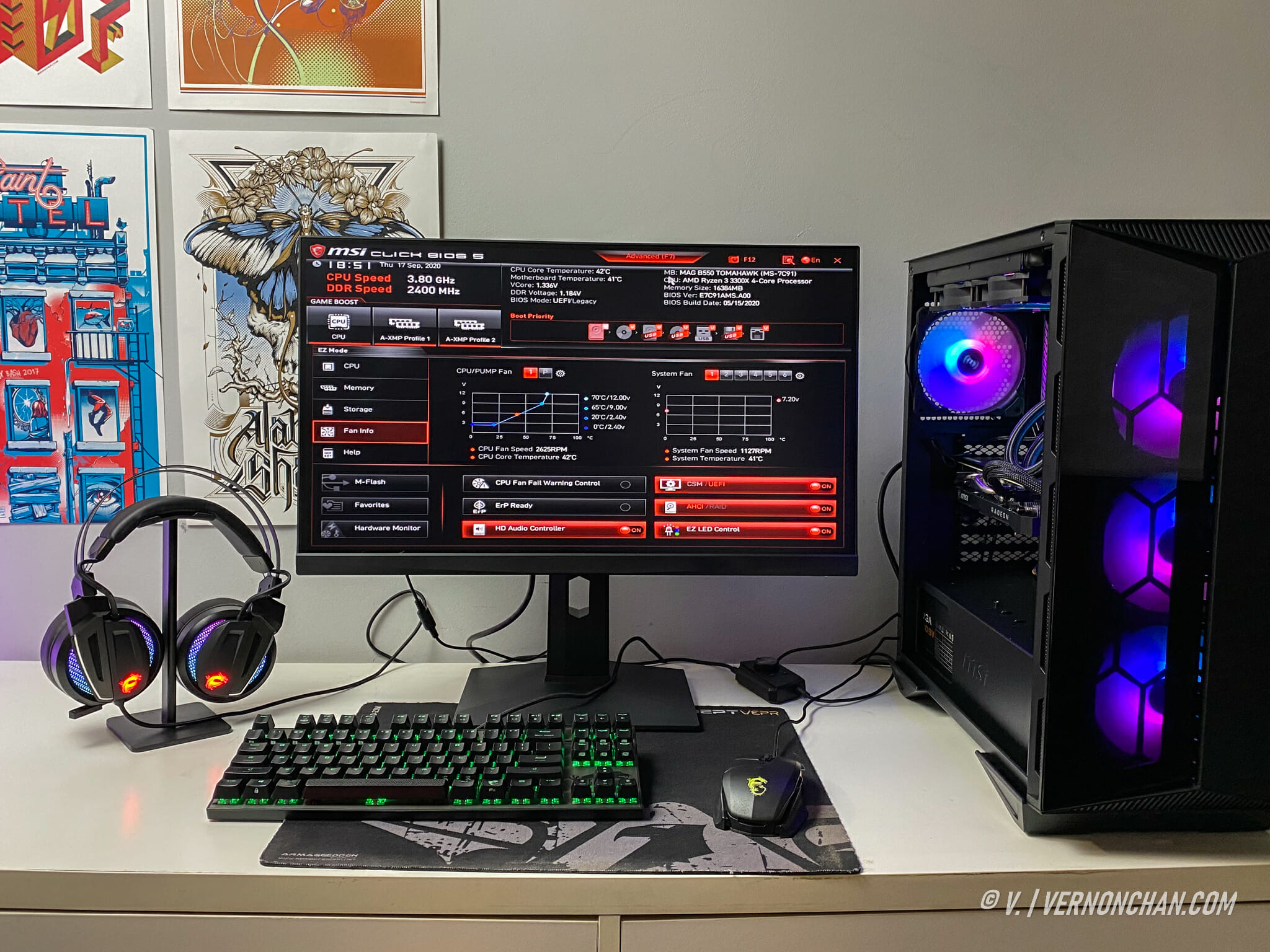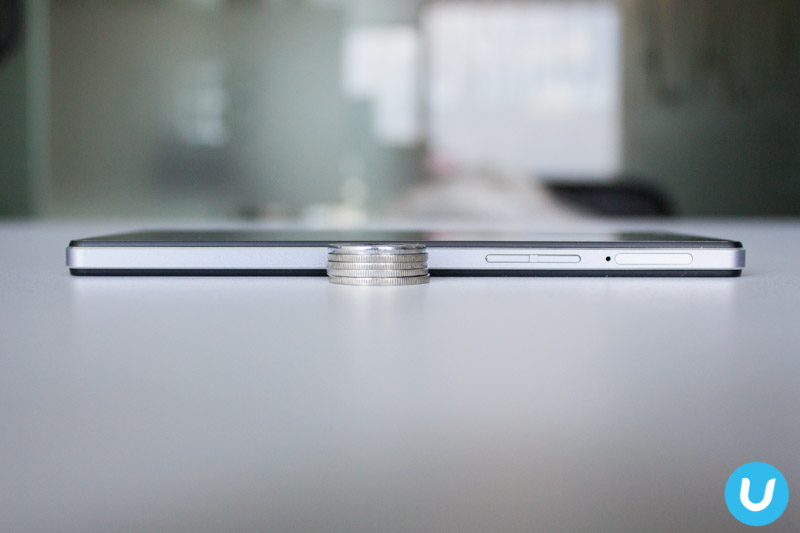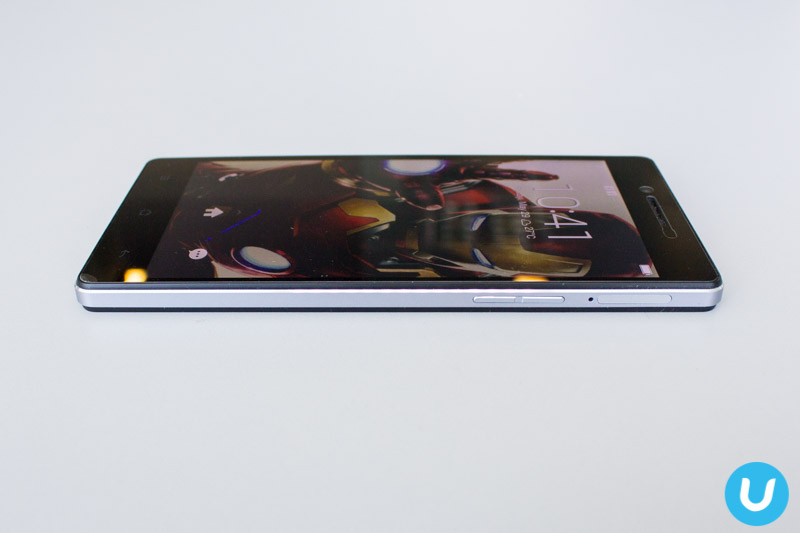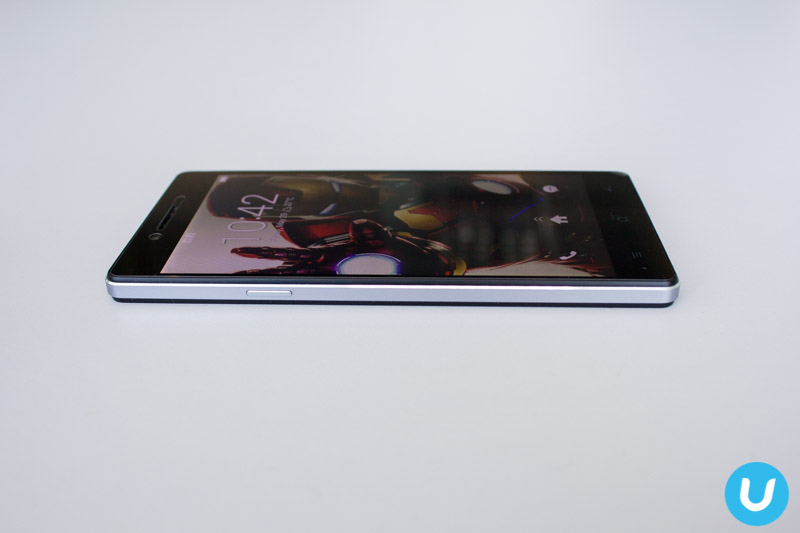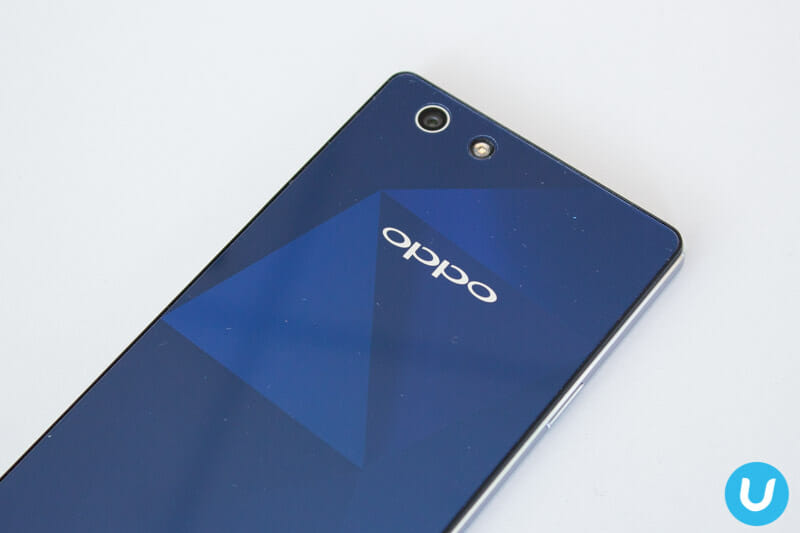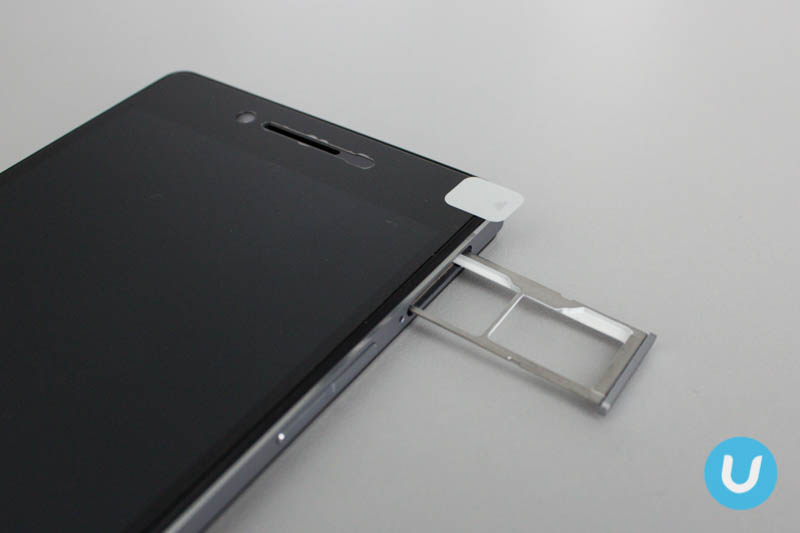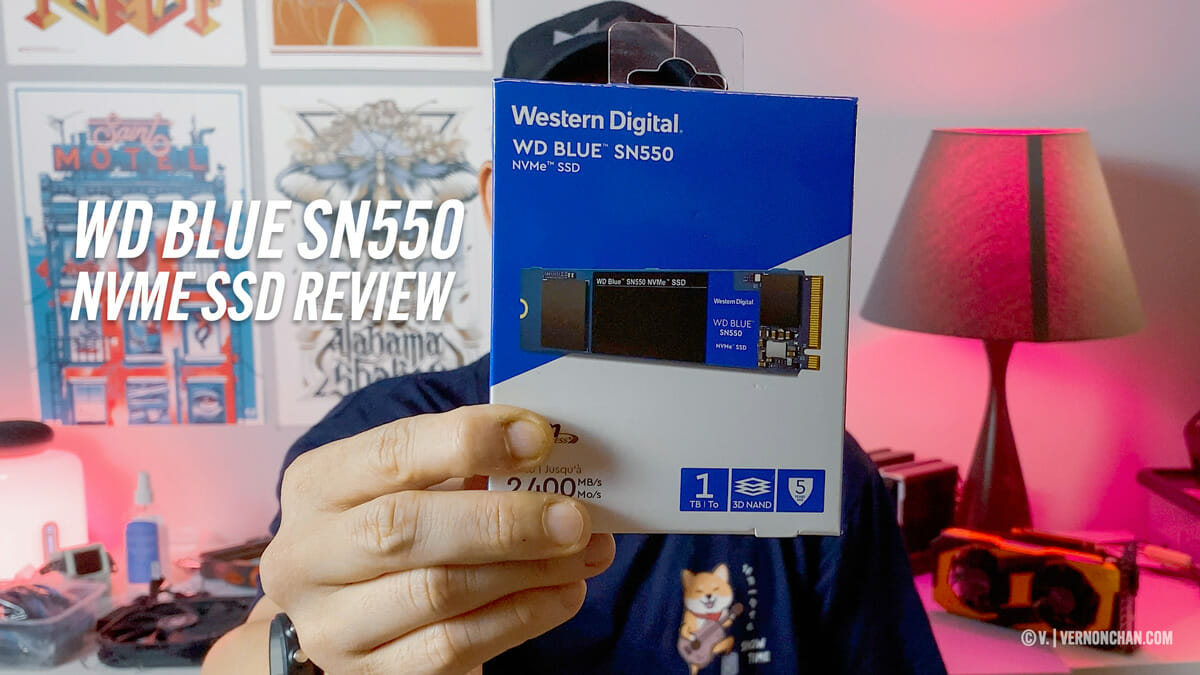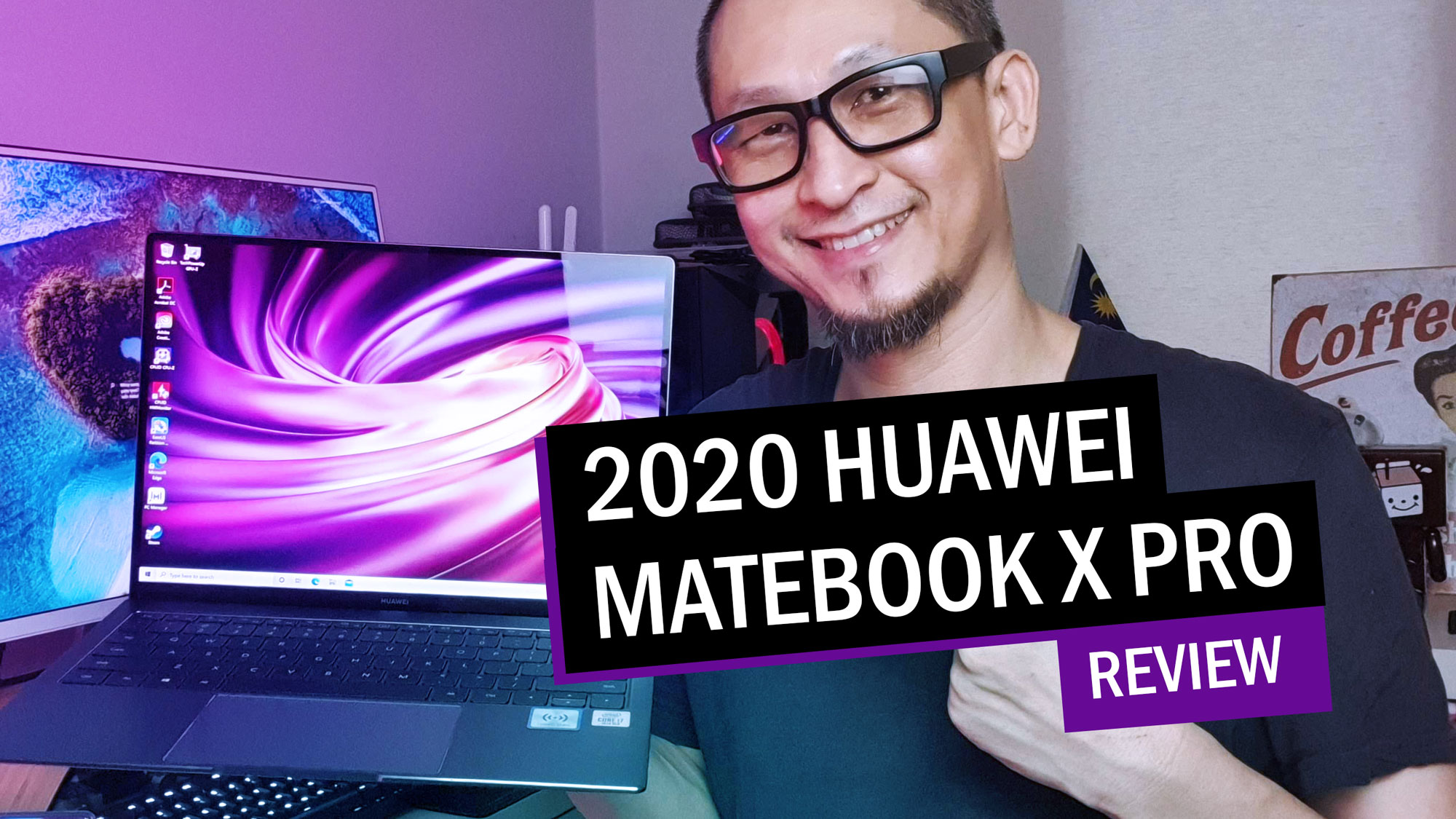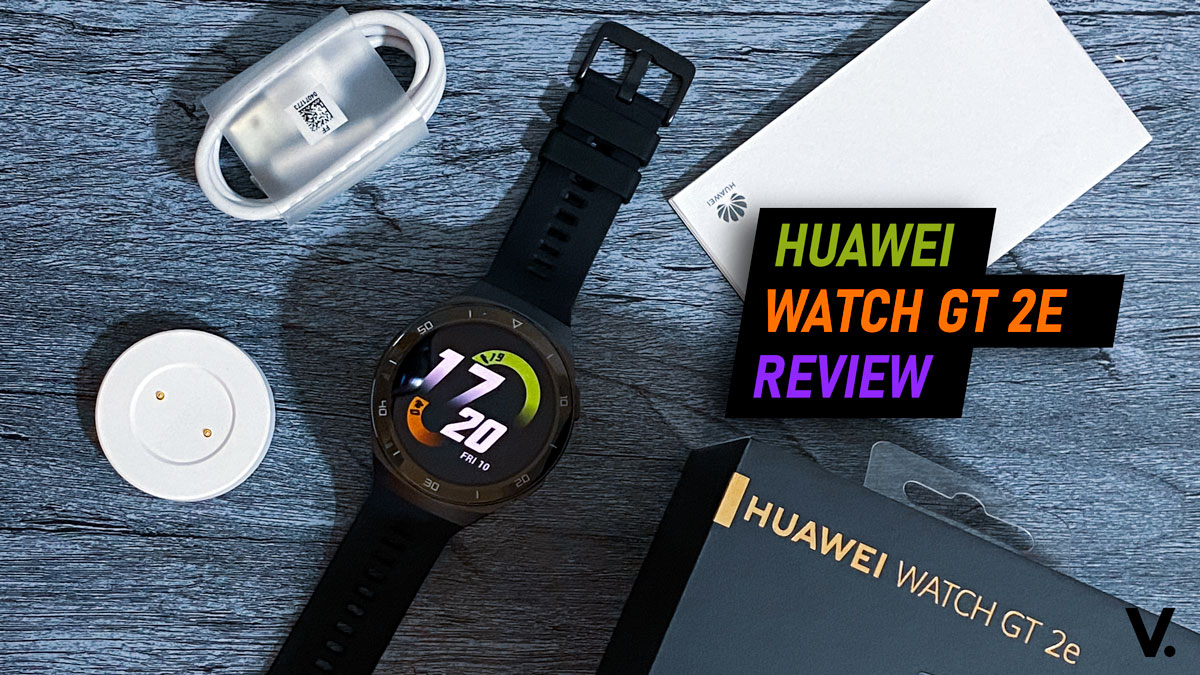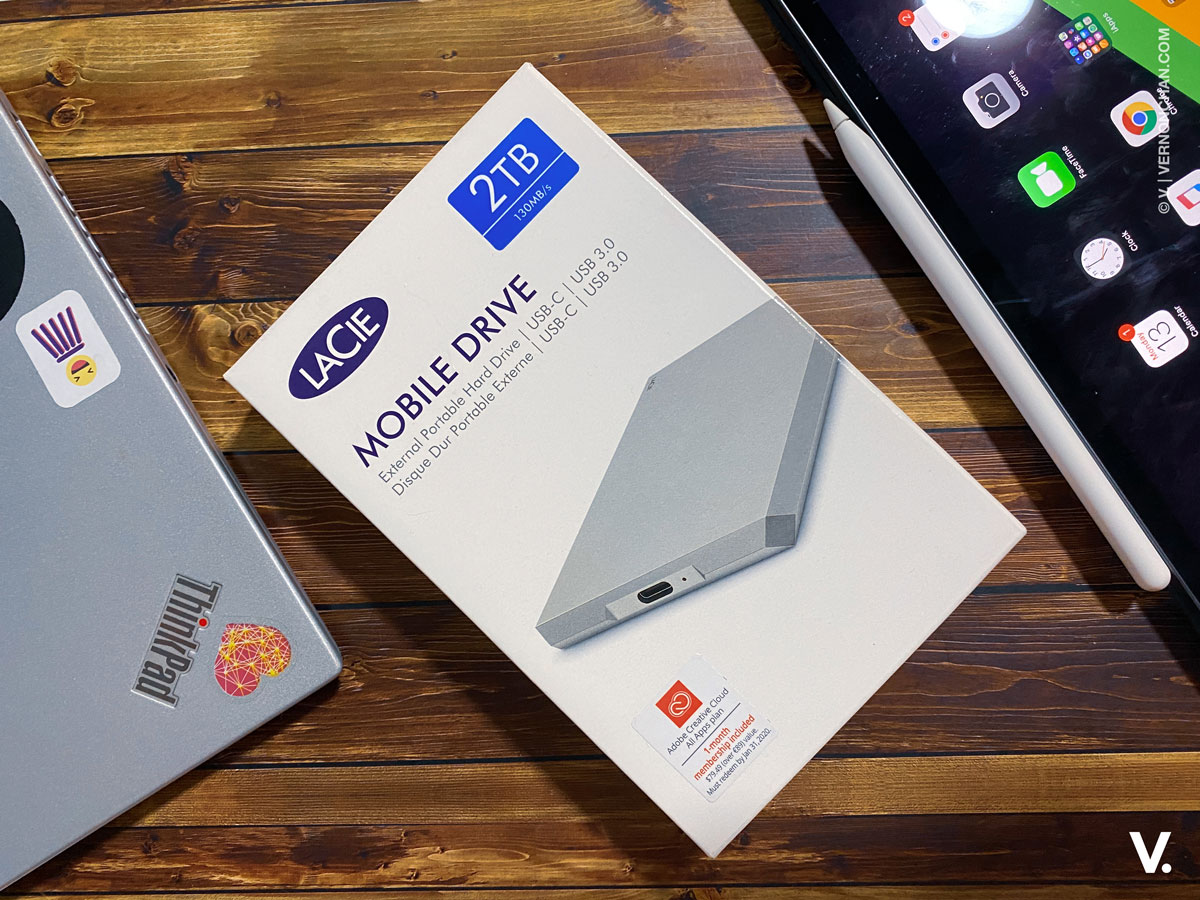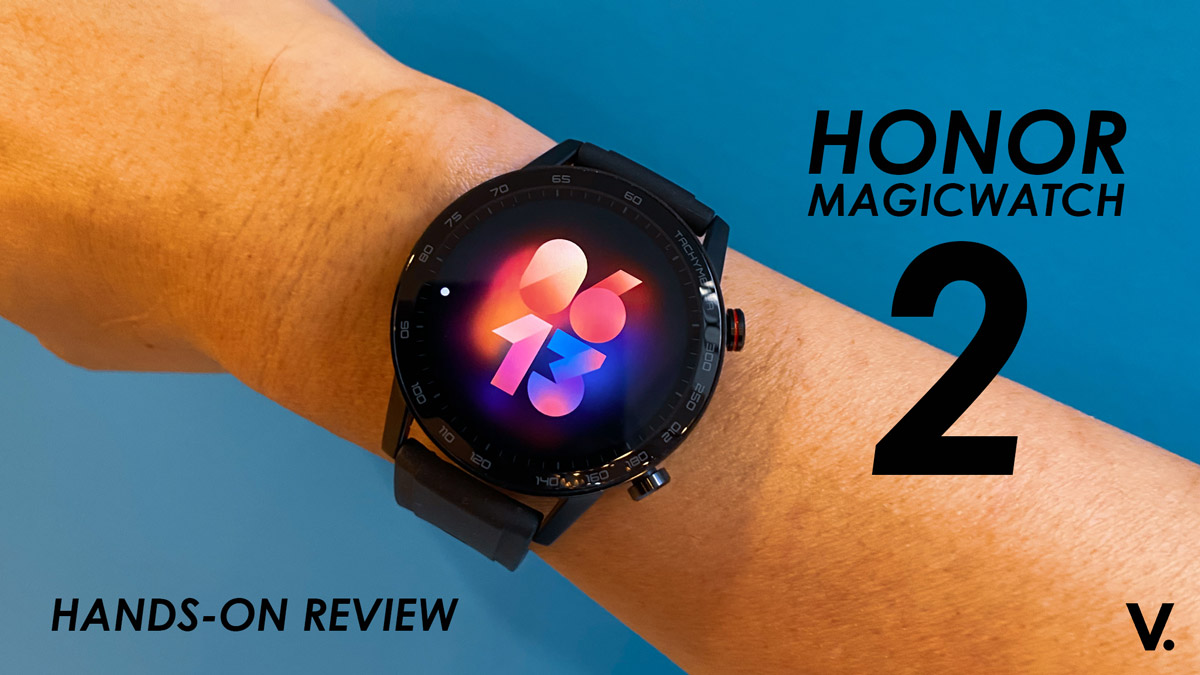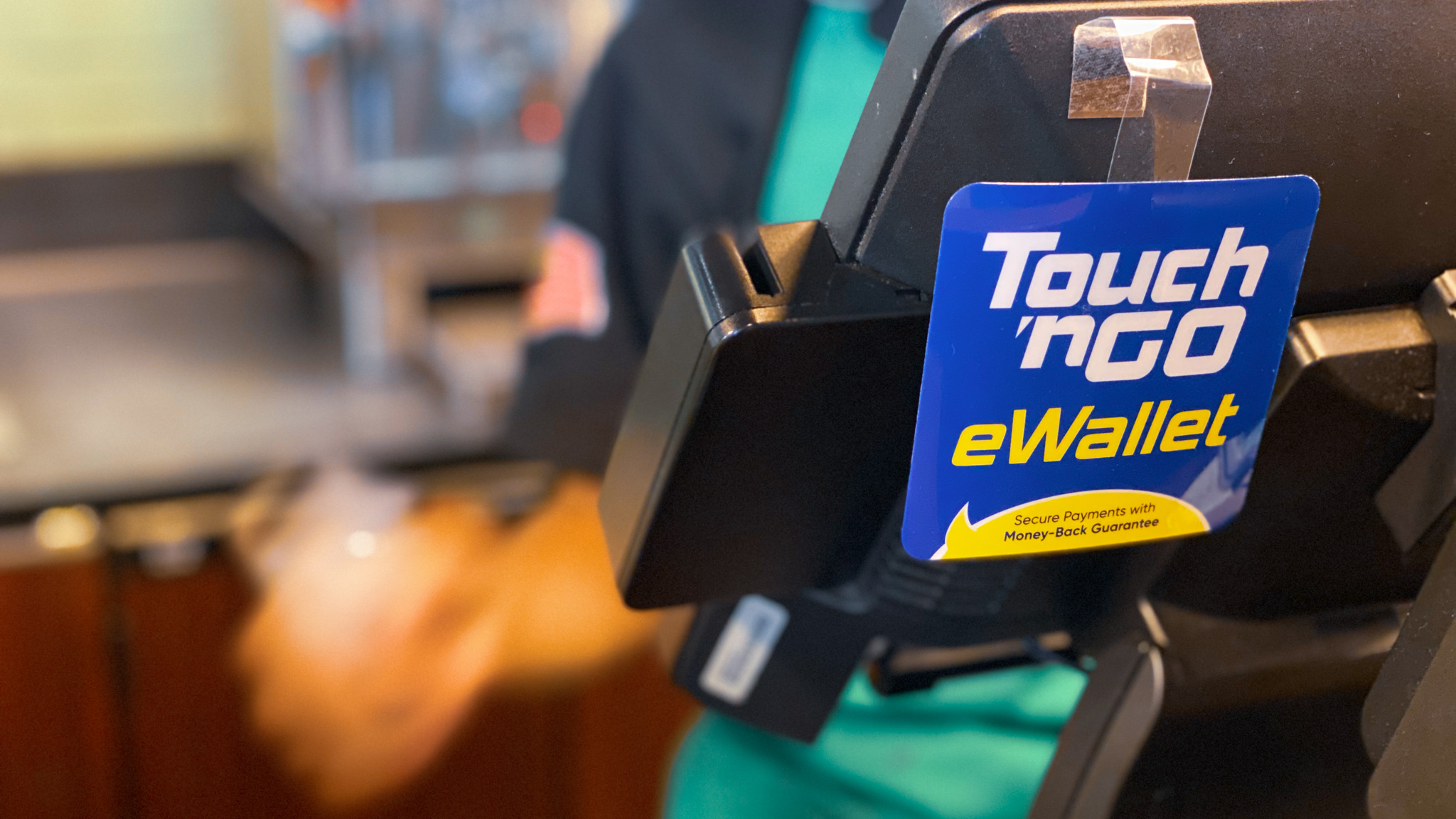You may have already read my unboxing and first impressions of the new OPPO R1x, but if you haven’t you’re most welcomed to check the post out. This stylish mid-ranger debuted in January this year and quietly hit Malaysian shores several weeks ago. Known as the OPPO R1c in its homeland China, the R1x is a looker, typical of the OPPO portfolio. But is there go underneath all that show? Read on.
Design and build
OPPO phones from the beginning have been good lookers, and again, the R1x does not disappoint. Sure it isn’t ultra-thin like the R5 but it doesn’t claim to be. In all fairness, 6.8mm is still incredibly thin. The aluminium magnesium body with chamfered edges looks sleek and stylish. If you’re thinking, hey, it looks like an iPhone 4S or Z3 Compact, I wouldn’t disagree with you. Imitation after all, is the best form of flattery.
And OPPO has done well here, because the phone is solidly built and looks great from all sides. It also feels great in the hands, its angled candy bar form factor ensures good grip despite its slimness.
On the right side are the volume buttons with the power toggle on the opposite side. The buttons are reassuringly tactile, also made of metal. On the top there’s a 3.5mm mic jack, while at the bottom lies the microUSB port and stereo speaker grilles.
On the front, the 5-inch display is framed by a thin bezel with 5MP front camera and speaker above. Disappointingly, the capacitative buttons on the bottom are not backlit, a strange omission on OPPO’s part. It can be tricky for some users especially at night or in dark places. It’s not a huge issue for me as you tend to get used to it after some time with the device.
Round the back, the durable sapphire crystal back looks fantastic, with its minimalist outlook disrupted only by the rear camera module, LED flash and metallic OPPO logo. The reflective diamond-like pattern on the back is what OPPO calls ‘faceted design’. This is crafted using a sophisticated UV embossing technique. It’s visually stunning. The only problem with glass though is that it’s fingerprint smudge territory. Nothing a cleaning cloth can’t solve, but yes, slightly annoying.
OPPO has included screen protectors for the front and back, as well as included a transparent protective hardcover casing for the back to ensure the R1x remains protected at all times.
Overall, well put together and aesthetically pleasing. The R1x tops the scales at just 130g.
What’s in the box
- OPPO R1x unit
- Headset
- OPPO wall charger
- USB data/charge cable
- Transparent case
- SIM ejector tool
- Quick start booklets
Hardware
The R1x rocks a 5-inch 720p HD IPS display pushing out 294PPI — not exactly groundbreaking on paper. Before you make a judgment though, I urge you to test it out yourself, because the display is plenty sharp and bright despite its inherent lack of pixels. Text is sharp, photos and videos look great. The good thing about a HD screen is that it’s more power efficient, and because it’s only 5-inch, you’ll be hard pressed to really tell the difference.
Under the hood, is the 64-bit octa-core Qualcomm Snapdragon 615 (4x 1.7GHz, 4x 1.0GHz), one of the more commonly used chipsets in the premium mid-range category of smartphones. I have to admit, I’m a fan of the Snapdragon 615. Mated to 2GB of RAM, it offers a great balance of performance, thermal and power efficiency.
What you’ll get is performance to run all your daily tasks, quick multi-tasking and all-day battery life from its 2,420mAh battery unit. If there’s one thing I’m truly disappointed is the omission of VOOC rapid charging, found in other OPPO phones like the R5 and N3. I feel VOOC is one of the key highlights of owning an OPPO device, and its omission is a mistake on OPPO’s part.
Storage is 16GB out of the box, and you’ll be able to expand to more (up to 128GB) via microSD. The microSD slot is shared with the second SIM slot, something common you’ll see in modern phones especially from top China brands like Huawei.
The 13MP f/2.0 rear camera is more than decent, enhanced by OPPO’s Pure Image 2.0+ engine. The front is a 5MP unit.
The OPPO R1x is a dual-SIM (micro-SIM, nano-SIM), dual-standby phone, supporting 4G LTE in SIM 1, and 3G on SIM 2. It’s got the usual Wi-Fi 802.11 b/g/n, Wi-Fi Direct, Bluetooth 4.0, A-GPS, GLONASS and FM radio. What it doesn’t have is NFC, but this isn’t really a deal breaker.
Software
On the software side, the R1x runs Android 4.4.4 KitKat with ColorOS 2.0.1. Sadly no Lollipop love for the R1x, but it should be made available as an OTA update in the near future. Love it or hate it, ColorOS makes it hard to recognise how stock Android feels. There are elements of iOS in the UI, even as far as the absent Android app drawer. Some of you will cry foul, but hey, nothing a third-party launcher can’t solve.
ColorOS itself has plenty of UI enhancements and customisations, including themes from the OPPO store. Many are free, and some are rather good. There’s plenty of useful toggles and options, and OPPO’s famous motions and screen-on gestures are available too. I was quite disappointed that screen-off gestures were missing from the R1x though. So no drawing an ‘O’ to launch the camera and etc.
In terms of apps, OPPO has done a good job in providing the essentials — Backup and Restore, Calendar, File Manager and Security Center. All useful apps without feeling like bloatware.
Overall ColorOS is polished and snappy. It doesn’t feel as light as stock Android (for obvious reasons) or maybe HTC Sense, but to give credit where credit is due, it is one of the better ones out there. I could live with this.
Next page: Performance, Pros & Cons, Verdict >



